A Loy Norrix swimmer arrives back to their house after a long away meet when suddenly, they realize they still have English homework to finish. However, it’s 10 p.m. and the assignment is due tomorrow. For many student athletes, this isn’t a unique situation.
Student athletes often struggle to complete their homework because they spend most of their time outside of school on sports. In order to keep up with their work, some students use school programs as a resource while others form their own methods to keep their grades up, like listening to music.
“Green Day on late nights: it keeps me going,” said freshman swimmer David Glista.
Other students stated that the AAC program helped motivate them by connecting them with teachers in the building. Junior Sahriah Casey, who is a competitive cheerleader, said that this was one of her methods to balance classes and sports, as she was given time to work on school during sports hours.
“The AAC helps those who want to be helped,” said social studies teacher Niambi Mcmillon.
School policies state that athletes cannot participate in sports if they have a GPA of 2.0 or less. This is a good motivator to get good grades, as most athletes want to continue playing their sports.
Additionally, playing sports often results in students doing better academically. Research done by Gitnux shows that graduation rates are higher for athletes with a 91% graduation rate, while non-athletes have a 72% graduation rate. Gitnux also found that athletes generally had higher test scores, GPAs, attendance rates, and college enrollment rates.
This effect isn’t supported only by research, Norrix students also find that balancing school and sports helps them in both areas.
“Sports are a good thing because it pushes me to be a better student,” said Casey.
Additionally, this balance also helps students’ mental health.
“I feel like interacting with people is usually better for keeping my mental health in shape rather than doing homework, and my mental health deteriorates,” said Glista.
According to a study by Halifax Health, student athletes have less stress than non-athletes and are less likely to develop anxiety disorders. In a follow-up study three years post-graduation, researchers found that the athletes continued to have less anxiety and better mental health than non-athletes.
After arriving back home after a long away game, the average student gets their homework out, puts in their earbuds, blasts their music, finishes their homework two hours later and decides they needs a good night’s rest, knowing that they will have to wake up at six the next day: just another day of a student athlete.


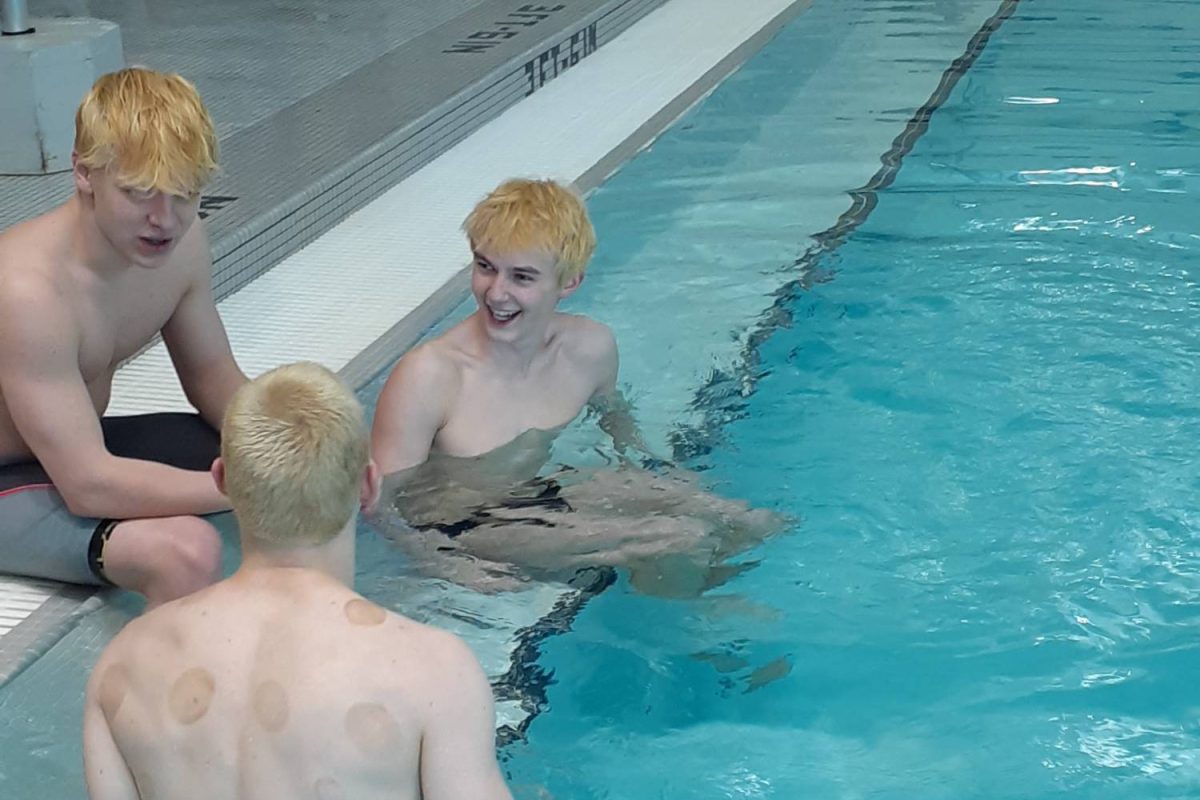

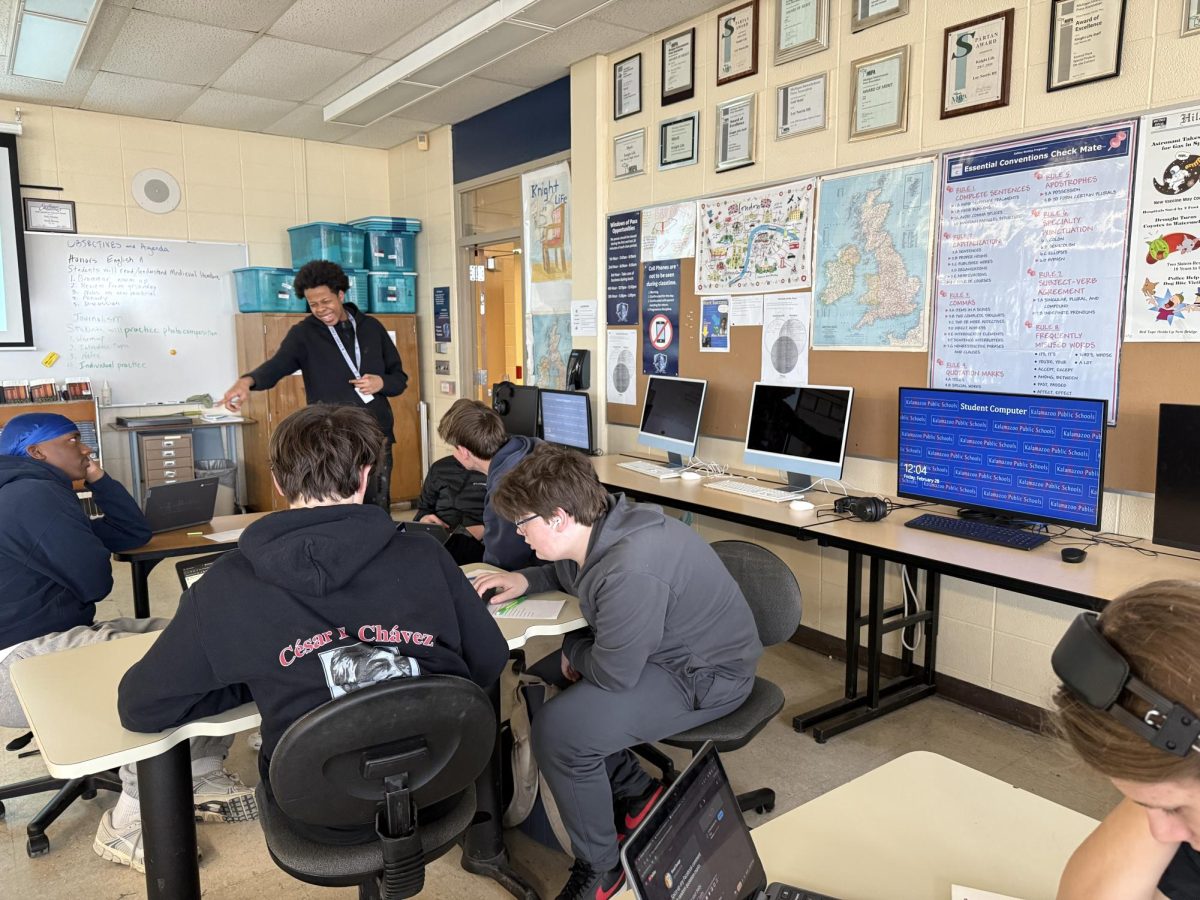
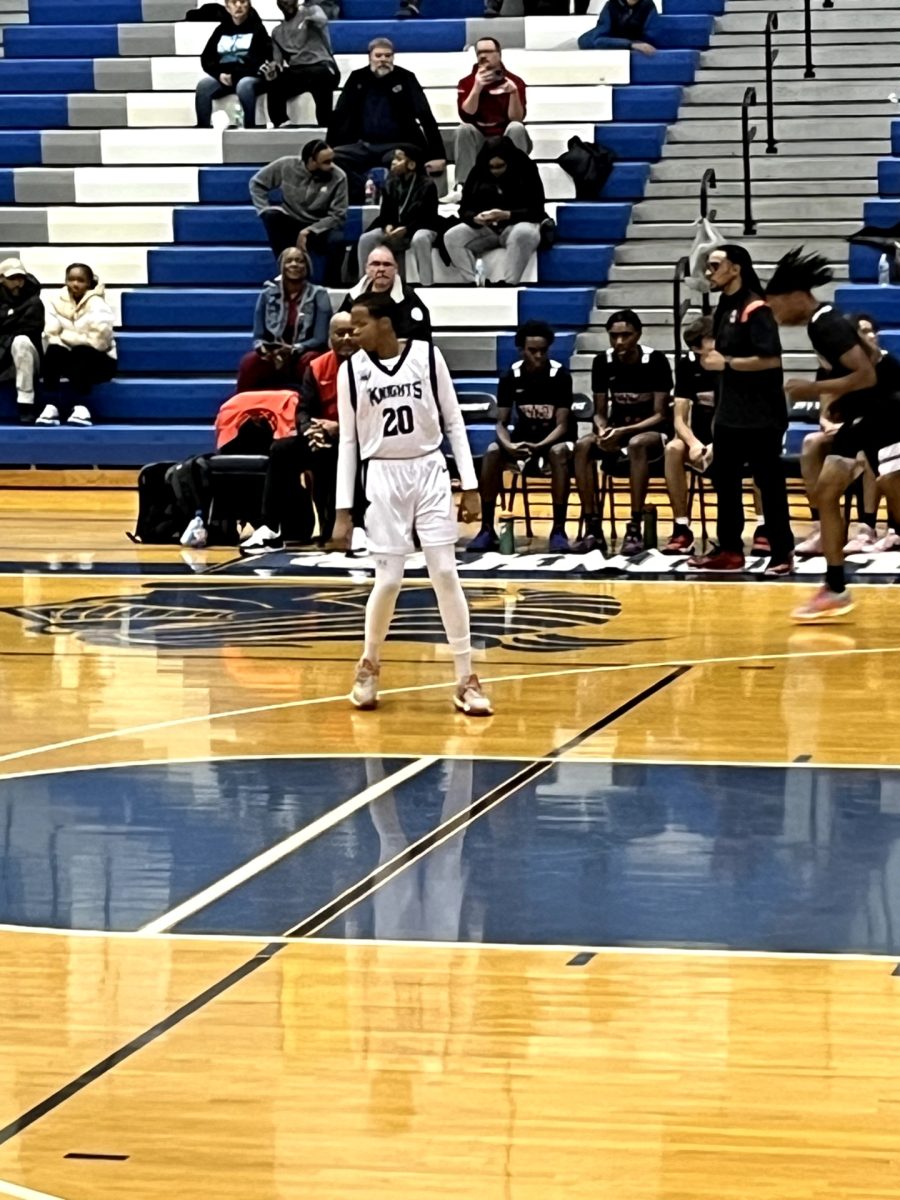



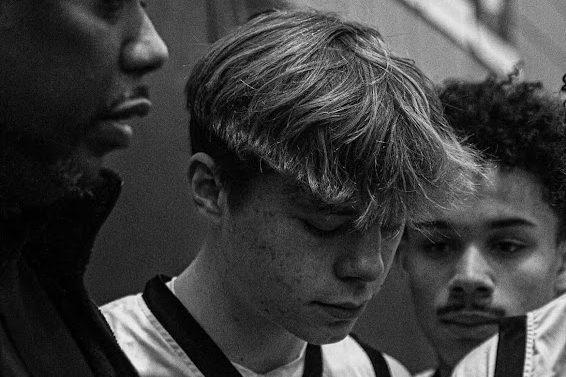
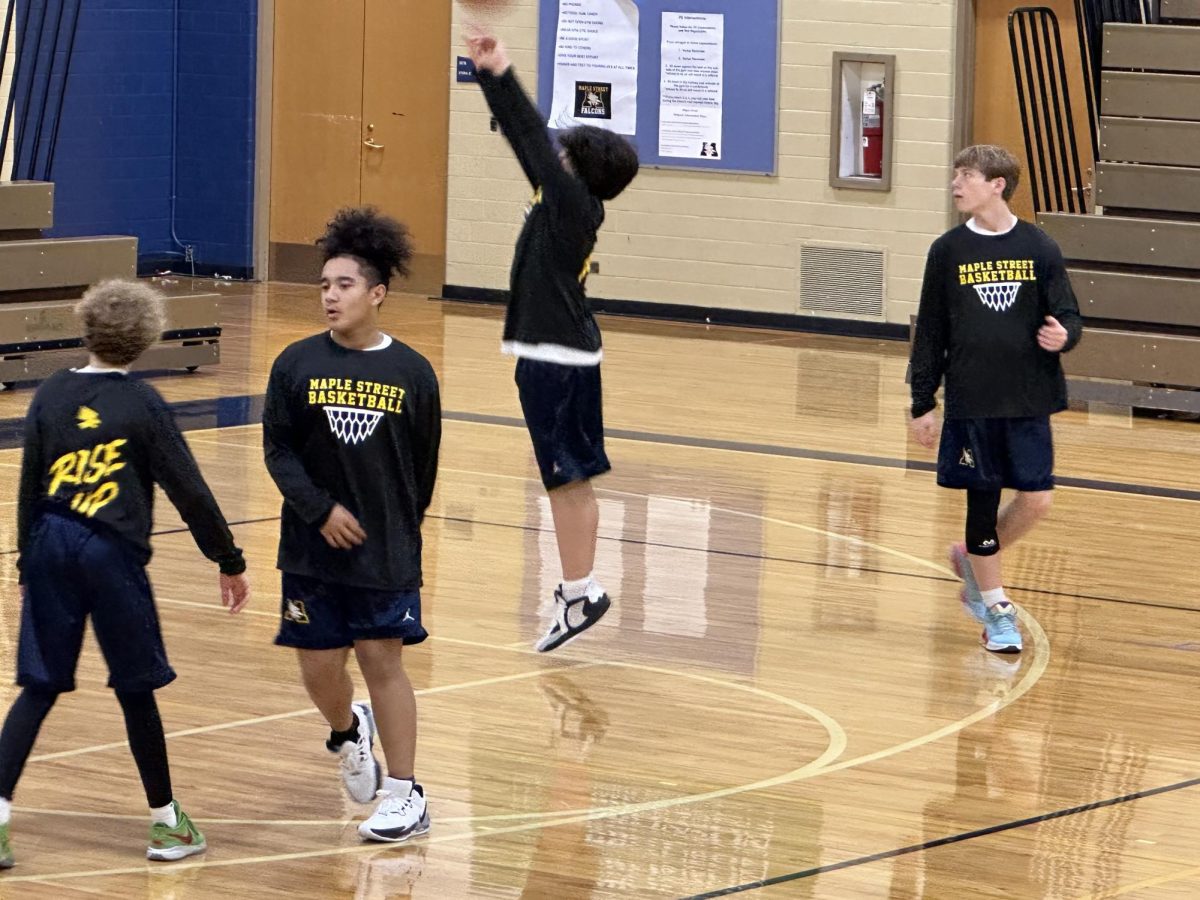
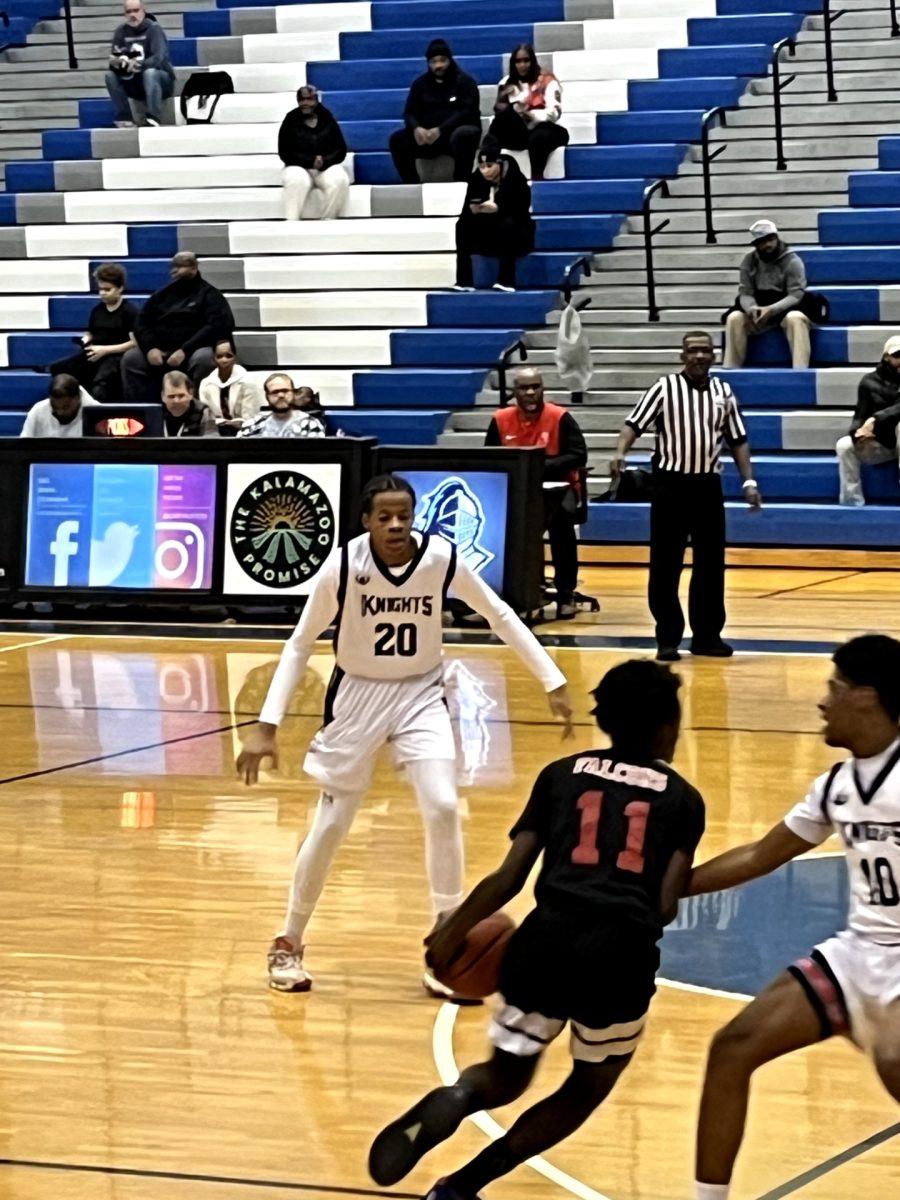
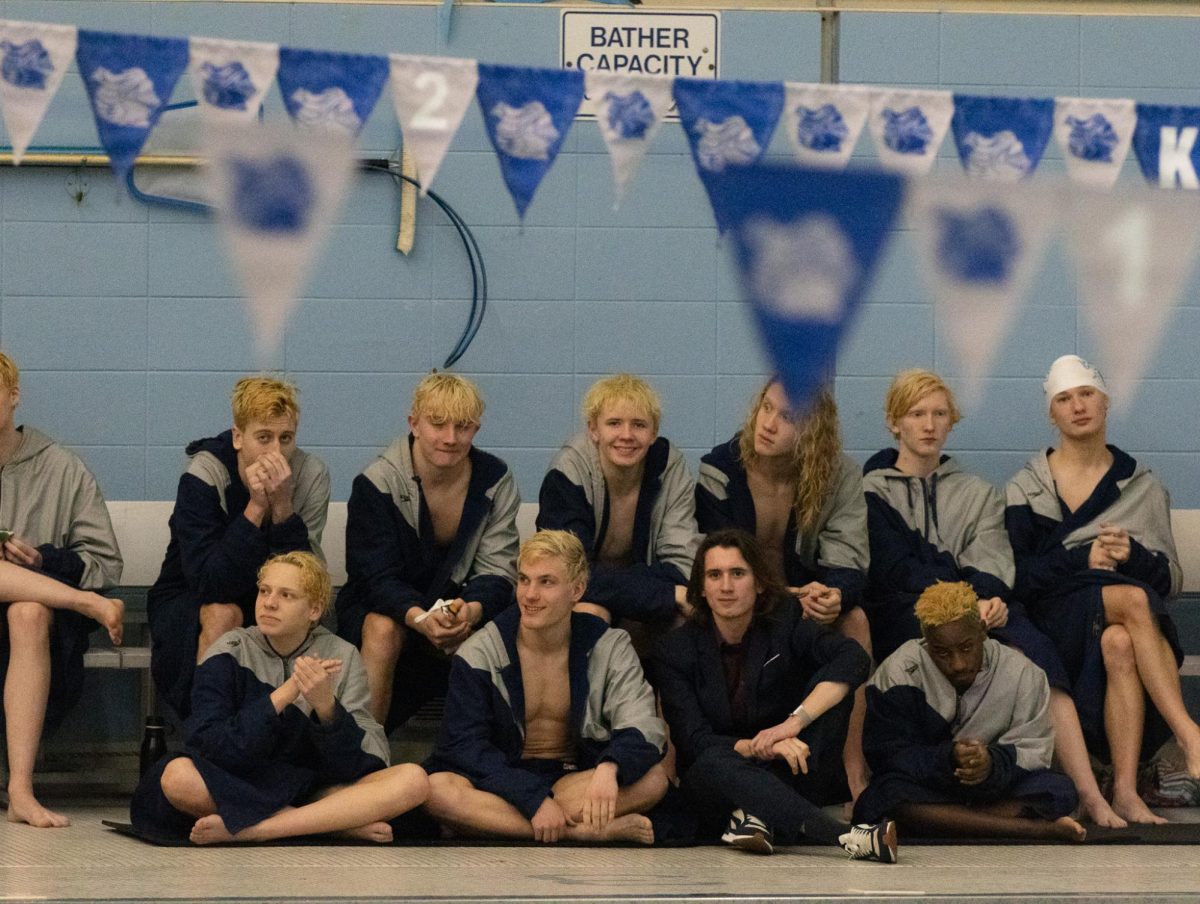
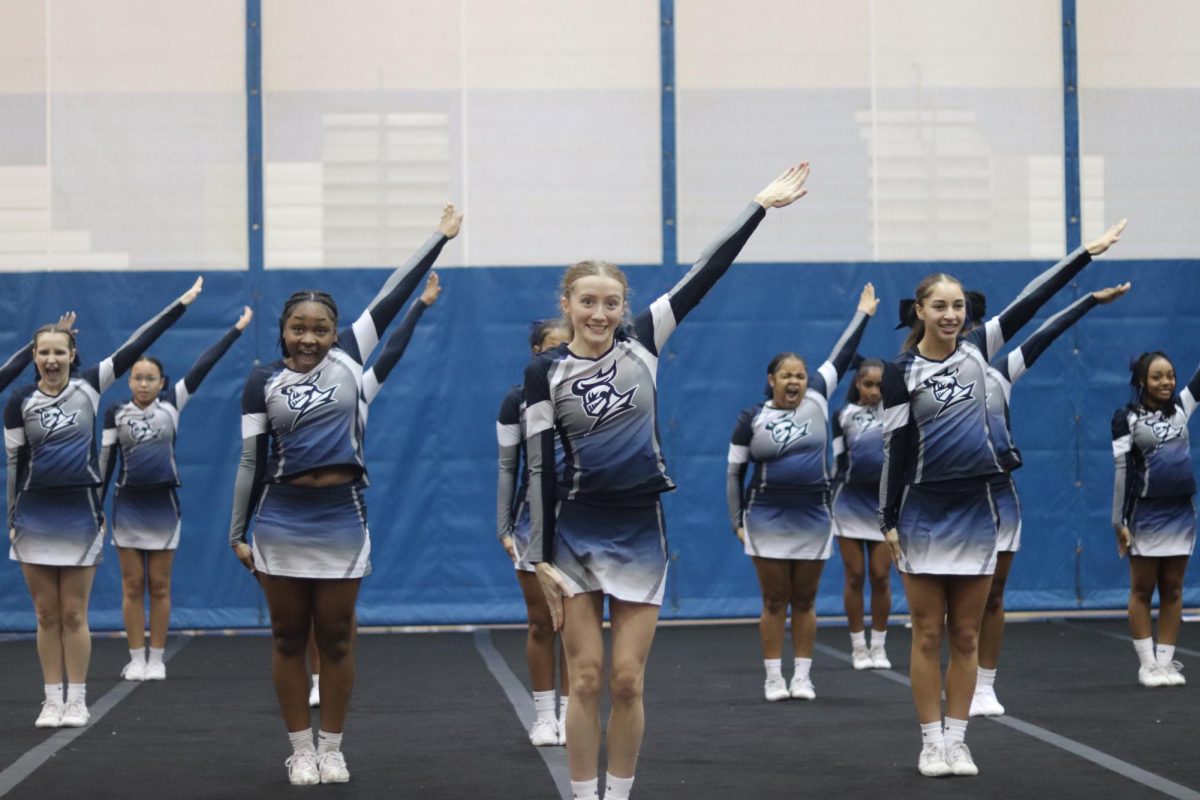

levi elsholz • Apr 12, 2024 at 11:33 am
I freaking loved this! isaac Patrick looks so stunning in the picture and its so well written!
Alison Williams • Apr 2, 2024 at 9:33 pm
This article was really enjoyable since it talks about the balance of school and sports. Thank you for writing this. From your article, I learned that students who play sports get higher test scores than regular students. This article made me think about how hard it is for student-athletes to balance the struggle between school and sports.